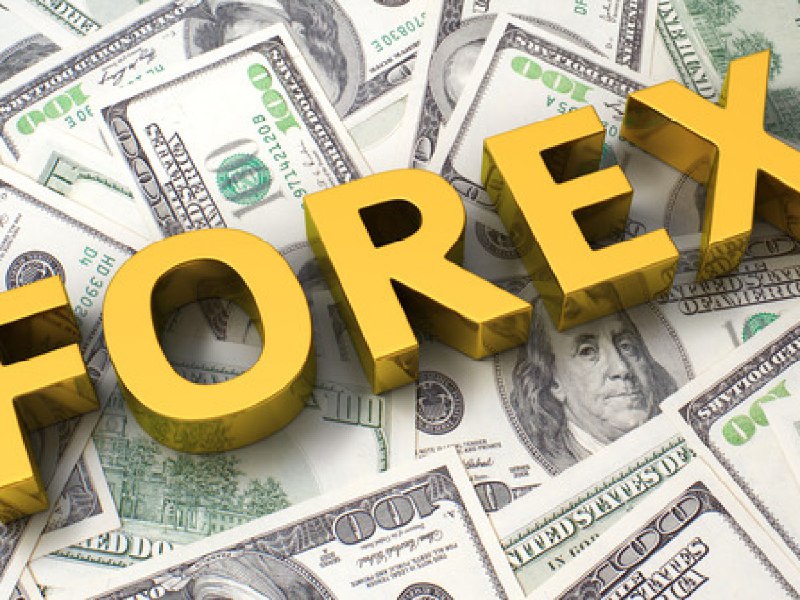Analyst Insight
Dynamics Within the FX Market
Published
5 years agoon

Dynamics Within the FX Market
- By FBNQuest Research
Today we turn our attention to Nigeria’s exchange-rate market. Over the past four years, the CBN’s fx reforms have assisted with improved liquidity. However, in light of the COVID-19 outbreak, there has been additional vulnerability to swings in oil prices as well as increased exit of foreign portfolio investors (FPIs) which have both adversely affected exchange rate stability. Demand for fx remains high and the supply is inadequate for regular uses. The CBN’s Investors and Exporters (I&E) window rate is currently NGN409/USD. This compares with NGN482/USD at the parallel market.
Read Also:
Oil receipts (including oil-related taxes) contribute to external reserves. Oil prices have continued to firm over the last few months, averaging USD61/b in Q1 ’21. This compares with USD45/b recorded in Q4 ’20. The recovery can be attributed to production cuts by OPEC+ and ongoing mass vaccination across the globe which has fuelled optimism on a global economic recovery.
Despite the welcome recovery in oil prices, Nigeria’s fx market is still faced with uncertainty.
The gross official reserves declined modestly in March by USD279m (subject to a caveat that the figure should be adjusted downwards to allow for the pipeline of delayed external payments, which the IMF estimated late last year at up to USD3bn). The modest decline is perhaps due to the CBN’s “Dollar for Naira” initiative, its latest move to boost the flow of diaspora remittances into the country and thus boost fx supply (Good Morning Nigeria, 09 Mar ’21).
There have been several calls for the CBN to harmonise the multiple exchange rates in operation, which encourages arbitrage and market fragmentation. This has remained a source of concern for multilaterals and, of course, FPIs. FPI inflows via the I&E (or NAFEX) window reduced significantly to USD309.2m in Q1 ’21, compared with USD3.3bn and USD7.8bn in the corresponding period in 2020 and 2019 respectively.
In Q1 ’21, the CBN’s contribution to the I&E fx inflows was just USD83.4m (4.5% of the total), compared with USD1.8bn (49.6%) in Q4 ’20 and USD5.4bn (48.7%) in Q1 ’20.
While market participants, including FPIs, are hopeful that the CBN will resume interventions in the I&E window, there has been no significant intervention from the CBN since the beginning of the year. The market has been largely dependent on local autonomous sources.
As a result of the CBN’s minimal intervention in the I&E window, the NAFEX exchange rate has steadily crept upwards from NGN394/USD on 04 Jan ’21 to NGN409/USD on 09 Apr ’21. We assume this move by the CBN is an attempt towards possible unification of the various exchange rates.
In the IMF Article IV on Nigeria released in February, the Fund’s estimates suggest that the naira was overvalued by 18.5%, and recommended a gradual and multi-step approach to establishing a unified and clear exchange rate regime, with the near-term focus on allowing for greater flexibility and removing the payments backlog.
Share this:
- Click to share on X (Opens in new window) X
- Click to share on Facebook (Opens in new window) Facebook
- Click to share on WhatsApp (Opens in new window) WhatsApp
- Click to share on Pocket (Opens in new window) Pocket
- Click to share on Telegram (Opens in new window) Telegram
- Click to email a link to a friend (Opens in new window) Email
- Click to share on LinkedIn (Opens in new window) LinkedIn

